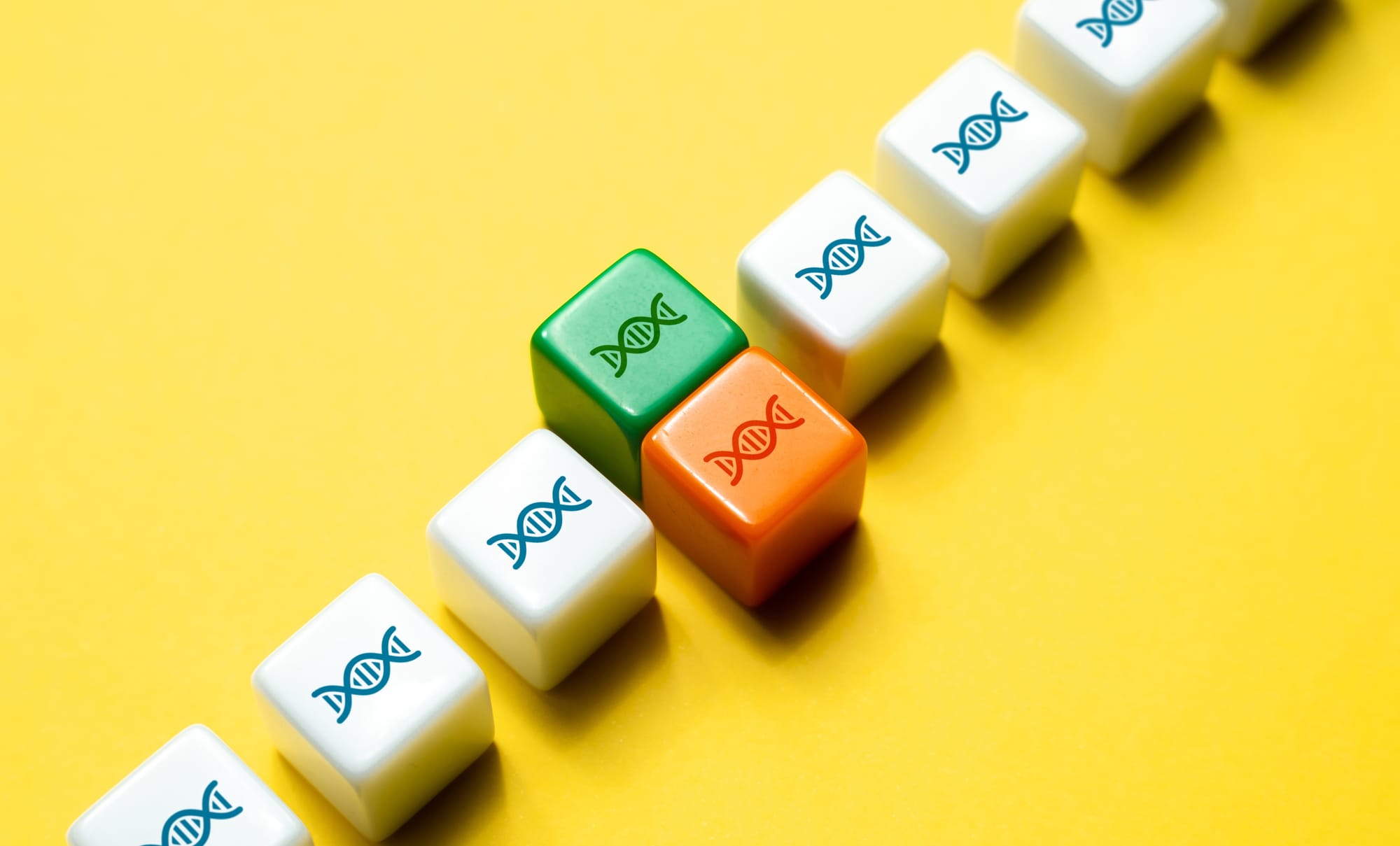So, what is gene and cell therapy? In the story of life, each part, down to our cells and genes, has its own tale. Think of a world where we can fix, change, and completely rethink the basics of our existence. This isn't fiction; it's the truth of gene and cell therapy. This revolutionary area is changing medicine and giving new hope where there was none before.
The Foundation of Life: Cells and Genes

At the core of every living thing is the cell — the fundamental unit of life. These ‘tiny’ units form everything in our bodies, from our toes to our heads. But how do these cells know how to develop, work, and fix themselves? The key is in our genes.
Beyond being parts of DNA inside our cells, genes play a key role in shaping our bodies. Every gene contains instructions for making proteins, which are essential for building and keeping our bodies working properly. This intricate process starts at conception and continues throughout our lives.
Genetic Diversity: The Spice of Life
Our genetic makeup is a testament to diversity. About 20,000 genes in the human genome ensure that each of us is a distinct blend of genetic material from our parents. This diversity affects everything about us, from how we look to how likely we are to develop certain health issues.
When Genes Go Awry — The Reality of Genetic Diseases
Yet, this complexity in our genes has its drawbacks. Mistakes in our DNA can result in genetic disorders, illnesses stemming from changes that disrupt our genes' normal operations. These errors might be minor, like a single incorrect letter in our genetic code, or major, involving large pieces of DNA being copied or removed. The impact of these mistakes varies widely, from harmless to severe, and some of these conditions are inherited.
The Dawn of a New Era
Welcome to the world of cell and gene therapy, which is at the forefront of medical research. This new way of treating diseases goes beyond just handling symptoms; it targets the underlying genetic and cellular reasons for the illness. Exploring the difference between cell and gene therapy reveals distinct approaches to treatment. Understanding these differences illuminates the unique potential of each method.
Cell Therapy: A New Hope
Cell therapy uses cells to heal diseases. It works by fixing or changing certain cells or using cells to deliver treatments. This method can modify cells outside the body before putting them back in, opening up new possibilities for curing various illnesses. The cells used could be the patient’s own, guaranteeing a match, or they could come from a donor, which increases treatment options.
Gene Therapy: Rewriting the Genetic Code
Gene therapy addresses diseases right where they start: in the genes. This method works by fixing, turning off, or adding new genes to cells, allowing for the correction of genetic mistakes. It can be done inside the body (in vivo) or outside (ex vivo), marking a significant advancement in treating genetic conditions. This difference between cell therapy and gene therapy underscores the unique mechanisms they use to fight disease.
The Intersection of Cell and Gene Therapy
In the debate over cell therapy vs gene therapy, it’s not uncommon for the two to intersect, using both techniques in treatment. These combined approaches change the genes in certain cells and then put them back into the body. While the discussion on cell therapy vs gene therapy often focuses on their distinct approaches, understanding the difference between gene and cell therapy enriches our appreciation of how these therapies offer complementary benefits, thereby opening up treatment possibilities that were previously unthinkable.
The Journey Ahead
As we approach a new era in medicine, it’s evident that cell and gene therapy are crucial for developing treatments for many of the toughest diseases. These therapies offer new possibilities for healing genetic conditions…
…conditions that have affected families for years and other diseases that were previously considered incurable. The promise of recovery and hope is immense.
In Conclusion
Cell and gene therapy symbolize hope for many people worldwide. As we push the limits of medicine, we celebrate human creativity and our continuous search for knowledge. Our exploration of genetics is just starting, and it promises a hopeful future.
Through our focus on cell and gene therapy, we highlight scientific progress, optimism, and the commitment to a healthier future. And despite the challenges ahead, the potential is enormous!




